“Collector BLK-301” refers to a specific type of flotation reagent commonly used in mineral processing. Here’s a brief description:
- Flotation Reagent: Collector BLK-301 is a chemical additive used in the process of froth flotation, which is a widely employed method for separating valuable minerals from their ores. In froth flotation, finely ground ore is mixed with water and flotation reagents, including collectors, frothers, and modifiers, to selectively attach to and separate desired minerals from gangue minerals.
- Composition: Collector BLK-301 is a composite flotation collector, typically composed of a mixture of organic compounds and surfactants. The specific composition may vary depending on the manufacturer and application requirements.
- Function: The primary function of Collector BLK-301 is to selectively bind to the surface of target minerals, enhancing their hydrophobicity and facilitating their attachment to air bubbles in the flotation cell. This allows the desired minerals to be carried to the surface of the flotation cell as a froth, while gangue minerals remain in the pulp.
- Applications: Collector BLK-301 is commonly used in the flotation of sulfide minerals such as copper, lead, zinc, and nickel ores. It is particularly effective for ores containing complex mineralogical compositions or ores with low-grade mineral concentrations.
- Composite Flotating Active Matter: The term “Composite Flotating Active Matter ≥ 60%” indicates that the collector contains a blend of active ingredients with a minimum total concentration of 60%. This ensures that the collector has sufficient activity to effectively interact with target minerals during the flotation process.
- Quality Assurance: The specification of ≥60% composite flotating active matter ensures that the collector meets certain quality standards and performance requirements for mineral processing applications. Manufacturers typically provide detailed technical data and application guidelines to optimize the performance of the collector in specific ore types and flotation circuits.

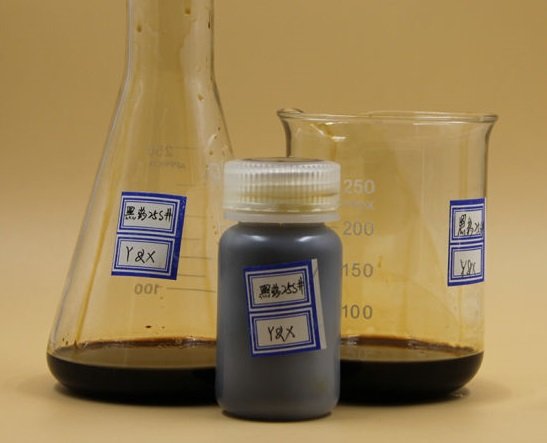

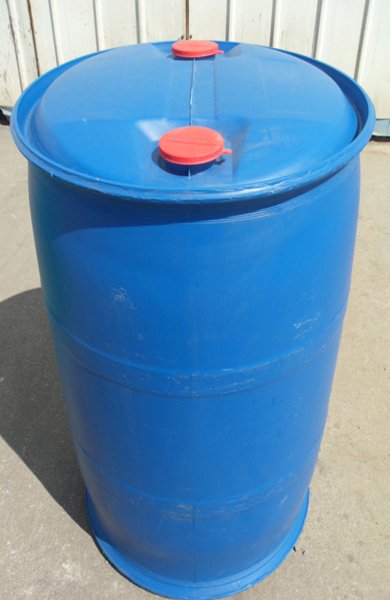
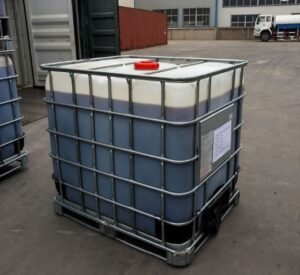
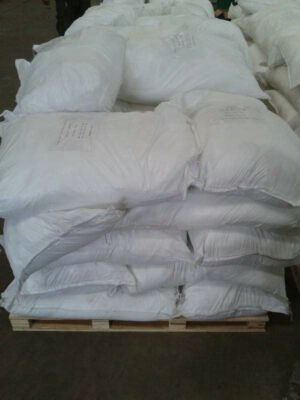
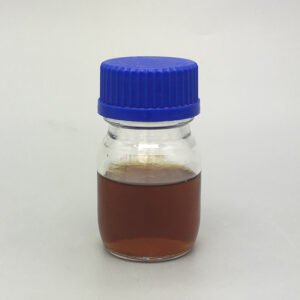
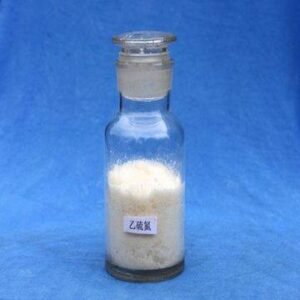
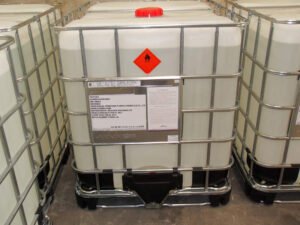

Reviews
There are no reviews yet.